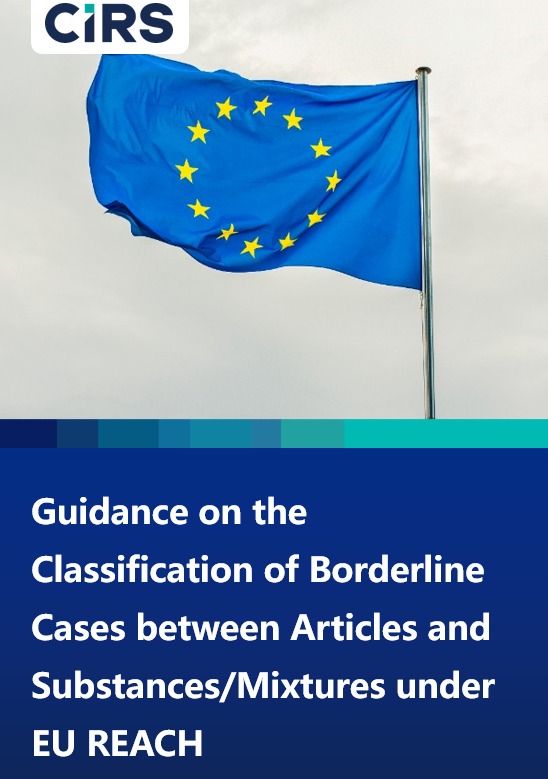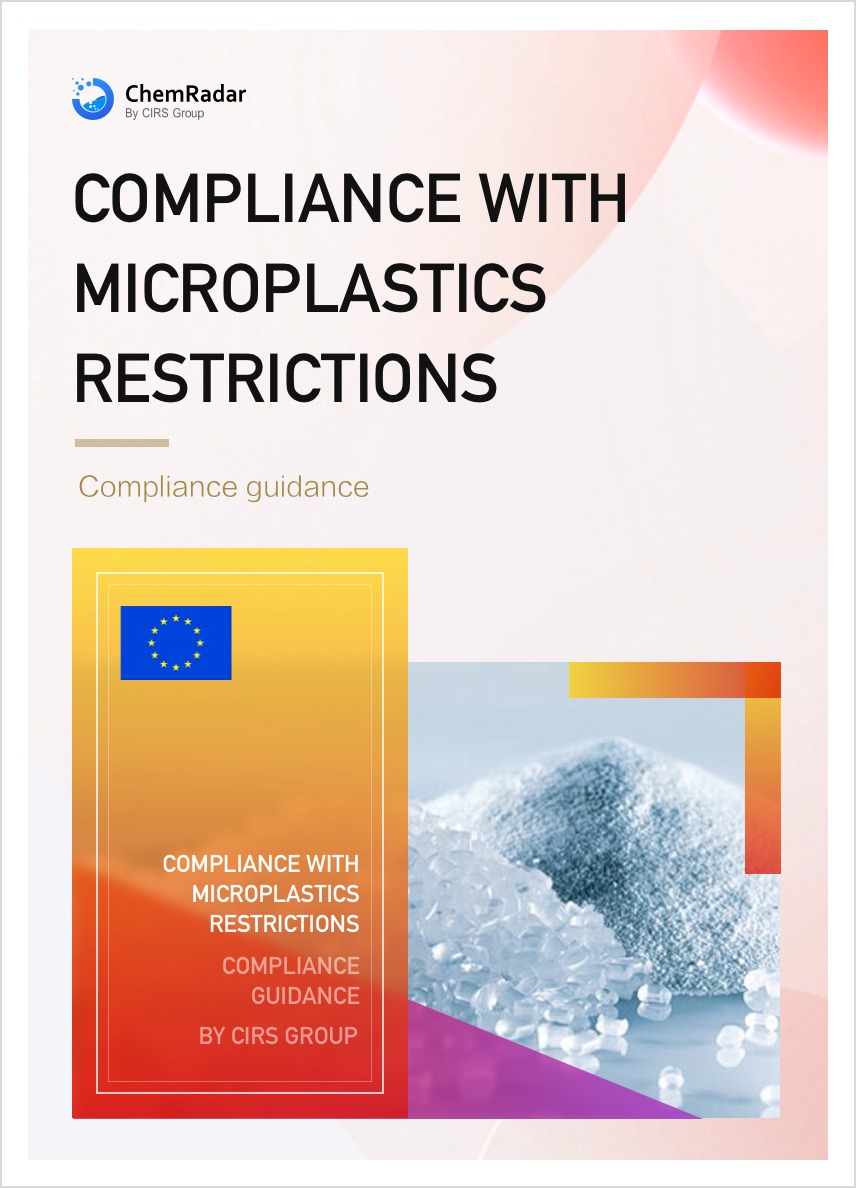On September 8, 2025, the European Commission formally adopted three draft delegated directives, revising Annex III of Directive 2011/65/EU (RoHS Directive). The revisions focus on exemptions for lead in glass/ceramics, alloys, and high-temperature solder. The details are as follows:
I. Exemptions for Lead in Glass and Ceramic Components
Original exemptions 7(c)-I and 7(c)-II are updated, with two new refined exemptions 7(c)-V and 7(c)-VI added:
- 7(c)-I: Lead used in non-dielectric ceramic electrical and electronic components, applicable to all categories, exempt until June 30, 2027.
- 7(c)-II: Lead used in dielectric ceramic capacitors, applicable to all categories with rated voltage of 125 V AC or 250 V DC and above, exempt until December 31, 2027.
- 7(c)-V: Lead in glass materials for specific functions such as high-voltage diode insulation, sealing, low-temperature bonding, resistive materials, and microchannel plates, exempt until December 31, 2027.
- 7(c)-VI: Lead in ceramic materials for applications like piezoelectric ceramics (PZT) and positive temperature coefficient (PTC) ceramics, exempt until December 31, 2027.
II. Exemptions for Lead in Metal Alloys
1. Lead in Steel (Clause 6(a) Series)
- 6(a)-I: Steel for processing purposes, lead content ≤0.35%, exempt until June 30, 2027.
- 6(a)-II: Steel for mass-produced hot-dip galvanized components, lead content ≤0.2%, exempt until June 30, 2027.
2. Lead in Aluminum (Clause 6(b) Series)
- 6(b)-I: Aluminum alloys sourced from recycled aluminum, lead content ≤0.4%, partially exempt until June 30, 2027.
- 6(b)-II: Aluminum alloys for processing purposes, lead content ≤0.4%, with partial category exemptions extended to 18 months after the directive takes effect.
- New 6(b)-III: Cast aluminum alloys, lead content ≤0.3%, sourced from lead-containing aluminum scrap recycling, exempted until June 30, 2027.
3. Lead in copper alloys (Article 6(c))
- Lead content in copper alloys ≤4%, exempted until June 30, 2027.
III. Exemptions for Lead in High Melting Temperature Type Solders
Original Article 7(a) granted exemptions for the use of high-melting-point solders (lead content ≥85%) but did not specify specific application scenarios, posing a risk of misuse. Therefore, the original Article 7(a) has been divided into seven more specific sub-articles (7(a)-I to 7(a)-VII), applicable to the following scenarios:
|
Sub-article |
Application scenario |
Exemption deadline |
|
7(a)-I |
Semiconductor assembly for internal chip interconnects (current ≥0.1A or voltage ≥10V) |
December 31, 2027 |
|
7(a)-II |
Chip bonding materials requiring thermal conductivity >35W/(m·K), electrical conductivity >4.7MS/m, and melting point >260°C |
December 31, 2027 |
|
7(a)-III |
Primary solder joints (e.g., module or substrate soldering) to prevent reflow during secondary soldering |
December 31, 2027 |
|
7(a)-IV |
Secondary solder joints, such as ceramic BGA solder balls or high-temperature plastic packaging (>220°C) |
December 31, 2027 |
|
7(a)-V |
Hermetic sealing between ceramic packaging and metal casings |
December 31, 2027 |
|
7(a)-VI |
Internal electrical connections in incandescent lamps, infrared heating lamps, oven lamps, etc. |
December 31, 2027 |
|
7(a)-VII |
Audio transducers (peak operating temperature >200°C) |
December 31, 2027 |
This revised draft will take effect 20 days after publication in the EU Official Journal. Relevant enterprises should strictly comply with the revised exemption clauses and adjust production and management strategies in a timely manner to avoid compliance risks. CIRS Group will continue to monitor the latest developments in EU RoHS and assist enterprises in achieving compliance.




